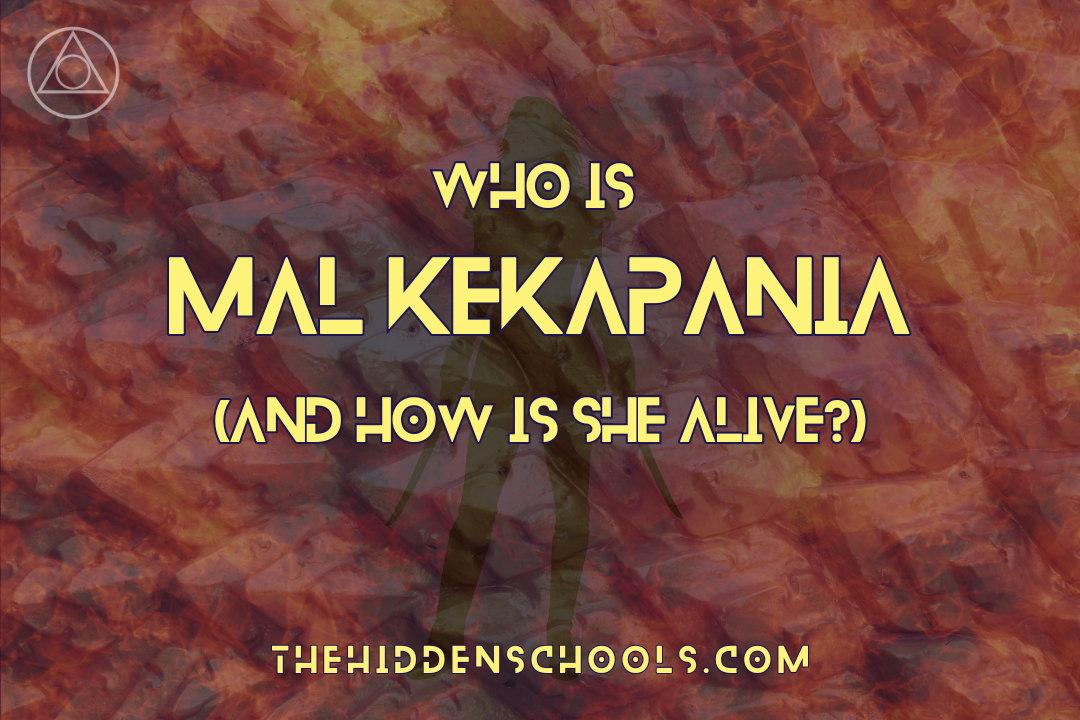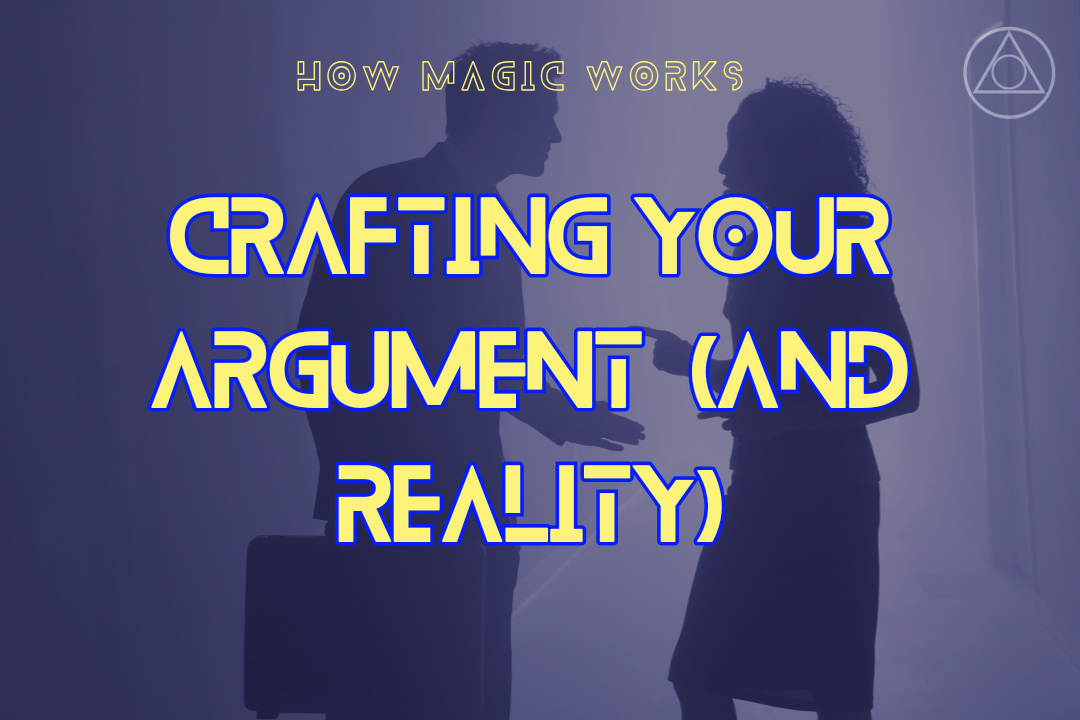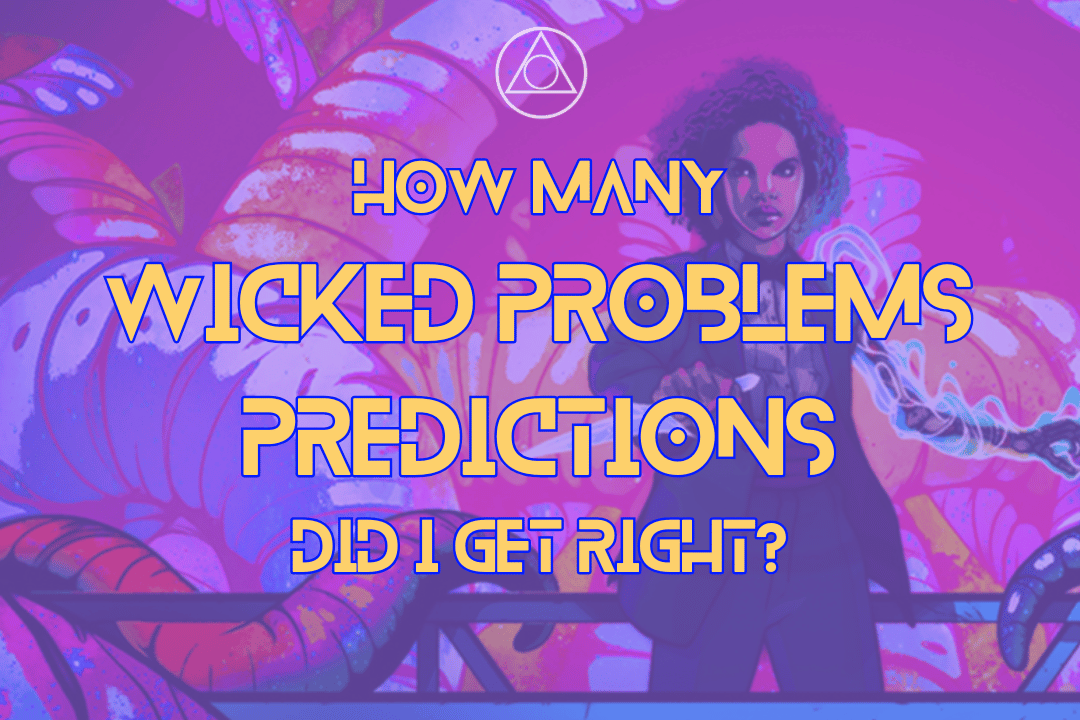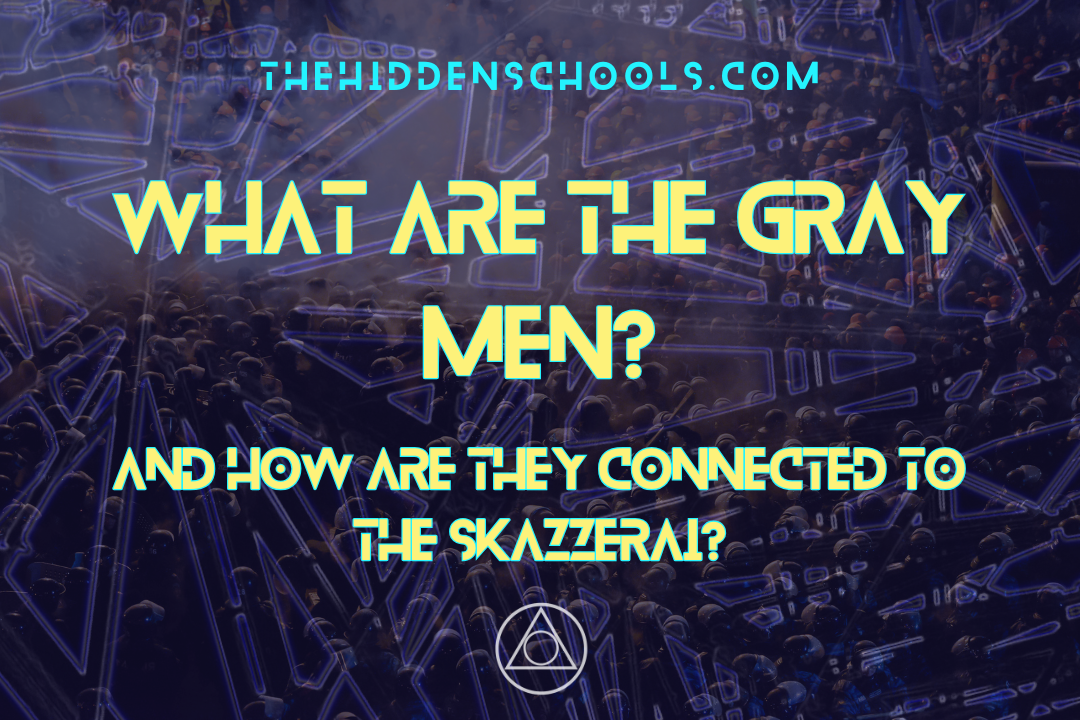Basics of the Craft and Applied Theology | How Magic Works in the Craft Sequence
“It took him a few tries to find his voice. “I’ve never seen Craft so close.”
“You’ve seen Applied Theology, miracle work, right? This is the same principle, only instead of telling a god what I want, receiving power from him, vaguely directing it and letting him do all the hard parts, I do everything myself.”
“How is that the same? A god is supposed to have that power. You—”
“I’m a Craftswoman.”
Being a fantasy series, magic plays a significant role in the Craft Sequence. Although it is rarely, if ever, called ‘magic’ in-universe, for our purposes that’s what we’ll call it when speaking about magic as a whole.
There are two main ways magic works: the Craft, and Applied Theology. Both work off the same basic principles, but are channelled through very different means – people (Craftsfolk) and the gods. Applied Theology is the ‘original’ magic of this world, with the Craft only being invented-slash-discovered 150 or so years before the story starts. There are some uses of what feels like magic that do not fit those two specific boxes – that is, people using ‘magic’ who are neither Craftsfolk nor priests – but we will get into that in later articles.
Magic is fundamental to the Craft Sequence world. As the author said in an AMA, in one of my favourite quotes (which I probably overuse on this site):
“It uses fantasy to talk about our weird modern world in the same way lots of books use fantasy to approach the medieval world.”
That means that all the major parts of our current, 21st-century, post-industrialisation, capitalist world are analogised in some form of magic, whether that be the economic system, electricity, mass manufacture, or the weird af US law school system.
Being so expansive, there is no way we could properly detail the ways magic works in the Craft Sequence in a single, readable article. This is, therefore, the start of quite a long series. 16 instalments are currently planned, and I imagine there will be far, far more to come.
Today, our purpose is just to look at the basics of how magic works in the Craft Sequence. We already know there are two different magical systems – but how do they actually work?
What actually is The Craft?
Let’s start with how we are introduced to magic in Three Parts Dead, the first book published in the series and thus the typical starting point for many readers.
In chapter one, we meet Tara Abernathy, a newly graduated Craftswoman, whose POV sheds a lot of light on how the Craft works without going into an exposition dump.
Tara starts the book falling almost to her death. Then, “to pull herself from death’s brink she also drank the life of that desolate place. Grass withered beneath her clutching fingers. Scrub bushes shrank to desiccated husks” (Three Parts Dead, 10).
We learn that she studied at the Hidden Schools, that she can channel magic through her glyphs, and that when she fought her professors before being graduated with prejudice she used “shadow and lightning.”
This all sounds very dramatic, and contrasts with our next description of how Tara used her skills in her hometown, where people fear the Craft and those who wield it. She acts essentially as a lawyer and accountant: “Shopkeeps came to her to draft their pacts, farmers for help investing the scraps of soulstuff they eked out of the dry soil” (Three Parts Dead, 13).
Shortly after, two guards are killed, and Tara decides in all her wisdom to resurrect them. This is described as not just something the Craft can be used for, but rather a fundamental part of the Craft and what aspiring Craftspeople are taught at the Hidden Schools.
“She did not use her Craft to open the grave. That was one of the few rules a Craftswoman always obeyed, even at the highest levels of study. The fresher the bodies, the better, and Craft sapped freshness from them.
Nothing came from nothing, of course. The business of disinterment was strict. Laymen rarely understood. It wasn’t like a Craftswoman could bring a person back to life unchanged and chose not to.
She drew the bent, sharp moonbeam that was her work knife from its place of concealment within the glyph over her heart, held it up to soak in starlight, and went to work.
Tara gloried in the work. As her knife sang through dead flesh, she felt years of torment and the waking dream of Edgemont fade away. This was real, the acid-sharp scent of welded nerves, the soulstuff flowing through her hands, the corpses’ spasms as she worked her Craft upon them. Forgetting this, she had forgotten a piece of herself. She was complete again.
Shadows still clung to Tara, shielding her from their sight. What the Edgemonters saw across the graveyard was monster more than woman, wreathed in starfire and night-made-flesh, save where her school glyphs glowed through in purest silver.”
So. We have seen quite a lot here. Tara can use the Craft to raise someone from the dead, but not as the person they were while alive. It is something Tara knows how to do well, and which seems to be well-practiced at university. She “glories” in it, feeling more like herself than she has in months. When her neighbours find her, she is “monster more than woman.”
This is necromancy, often depicted as the most evil of evils in fantasy, but here the necromancer is our protagonist, who we are already connected with and view sympathetically.
We then learn that:
“The Craft was difficult to master, half art, half science, and an extra half bull-headed determination. Most people could barely light a candle using their own soulstuff, let alone bind and direct the power nascent in the world around them. To bring a single corpse back to a semblance of animation required years of training and rigorous study.”
Craft is, therefore:
Something for which you both need natural talent and must study for years.
Something that can help you survive a thousand-foot fall.
Something that gains power by sucking life out of other living things.
Something that can restore the dead to a semblance of life.
Something connected to law and economics.
Something channelled through glyphs on the Craftsperson’s body.
Something powered by starfire and soulstuff.
Something that follows strict rules.
Which is a hell of a lot to glean from an intro chapter that also sets up character, world, stakes, and a call to adventure for our heroine.
How does this compare to Applied Theology?
What actually is Applied Theology?
Applied Theology works off many (but not all) of the same principles as Craft with a very important difference: instead of people wielding power themselves, power comes solely from the gods. Priests and worshippers can make requests of their gods through prayer and sacrifice, but they cannot control it. Gods draw power from those same worshippers. Gods and their worshippers operate in a symbiotic relationship – without followers, gods wither and die; without a god’s power, people are unprotected and have no access to the magic that runs the world.
“The Craft, young Abelard, is the art and science of using power as the gods do. But gods and men are different. Gods draw power from worship and sacrifice, and are shaped by that worship, that sacrifice. Craftsmen draw power from the stars and the earth, and are shaped by them in turn. We can also use human soulstuff for our ends of course, but the stars are more reliable than men.”
Gods are particularly tied to the economic side of magic in the Craft world. Before the Craft existed, gods and their religions essentially created an economic system that mirrors ours.
“Gods, however, made deals. It was the essence of their power. They accepted a tribe’s sacrifice and in turn protected its hunters from wolves and wild beasts. They received the devotion of their people, and gave back grace. A successful god arranged to receive more than he returned the world. Thus your power and your people grew together, slowly, from family to tribe, from tribe to city, from city to nation, and so on to infinity.
Nice strategy, but slow. Theologians centuries back had developed a faster method. One god gave of his power to another, or to a group of worshippers, on a promise of repayment in kind, and of more soulstuff than had been initially lent. Gods grew knit to gods, pantheons to pantheons, expecting, and indeed requiring, their services to be returned. Power flowed, and divine might increased beyond measure.”
Much like with the Craft, deals and contracts are central to Applied Theology, and human souls are the currency. Belief, however, is central in a way that isn’t true with the Craft. Without belief, gods have no power; without belief, a person has no way to ask a god for their power. As seen in the quotes below, gods grow in power as their believers do. As humans evolved, as civilisations rose and fell, gods evolved and rose and fell with them.
“In the unrecorded mists of prehistory, when mankind prowled the savannah and the swamps, their gods hunted with them, little more than shadows on a cave wall, the gleam in a hunter’s eye, a mammoth’s death roar, primitive as the men they ruled. As men grew in size, complexity, and might, the gods grew with them.”
“Gods are stories people tell. The Hidden Schools claim gods evolved with us. We order the world in our minds, and our stories gather strength and power. Through them we become more than meat, and through us they become more than wind. Faiths are eyes through which we know the world. Gods and goddesses sing ourselves back to us through time.”
A god without believers is a god close to death. As the Craft Sequence takes place several decades after the God Wars ended – a series of conflicts where gods and Craftsfolk clashed and nearly ended the world a couple of times – we see quite a few such gods. We see more weak gods than strong, in fact: the Quechal pantheon barely holding onto existence, Seril’s stumbling return, Makawe on Kavekana, the Wastes outside Agdel Lex/Alikand, the refuge of Hasim and Umar. These gods survive solely on the worship of their last few believers; without them, they would perish like so many others.
What are the main similarities and differences between the Craft and Applied Theology?
The most fundamental difference is, of course, that the Craft is wielded by people and Applied Theology comes from the gods.
Applied Theology does not focus so much on necromancy, life and death. Some individual religions do require some kind of blood sacrifice, but it is not as fundamental as it is to the Craft.
While both systems of magic use soulstuff, only the Craft uses power from the stars.
Both the Craft and Applied Theology are intertwined with the workings of the world, from economics to law to industry, but the Craft works on a larger scale.
Both require an element of give and take, of exchange, but in different ways. The Craft takes power / life from one thing and shapes it into what the wielder desires; Applied Theology is a cycle of belief and worship creating power, and power flowing back to believers and worshippers.
The Craft has strict rules that work in the same way all the time; each religion has different beliefs, and thus every god has different powers.
On a very small point, the Craft is often described as cold whilst power from the gods is warm.
There’s more we could say, of course, but that is the purpose of this new series. We will build on these basics and look into these, and many more, facets of how magic works in the Craft Sequence. You can look forward to the likes of:
Free will and choice
The social construction of reality
Souls and sacrifice
Life, death, and in between
The power of stories
What we know about the God Wars
And so much more
So stay tuned!
Part two now live: Words, belief and the fabric of reality
(*unfortunately my ebook of Ruin of Angels does not have page numbers, but it is the first paragraph of chapter 46)











